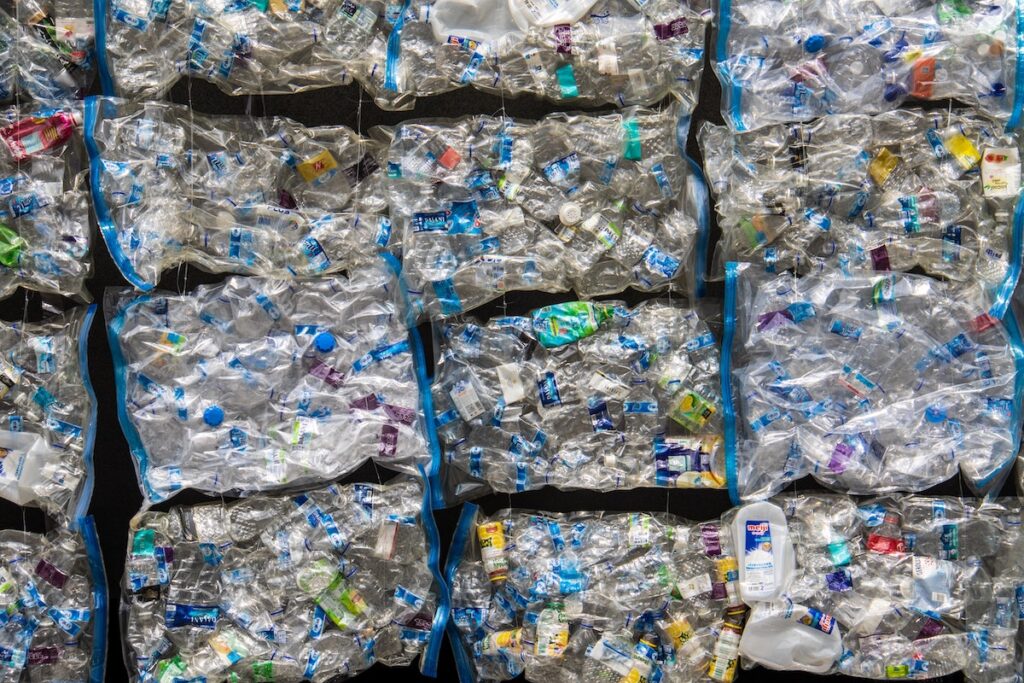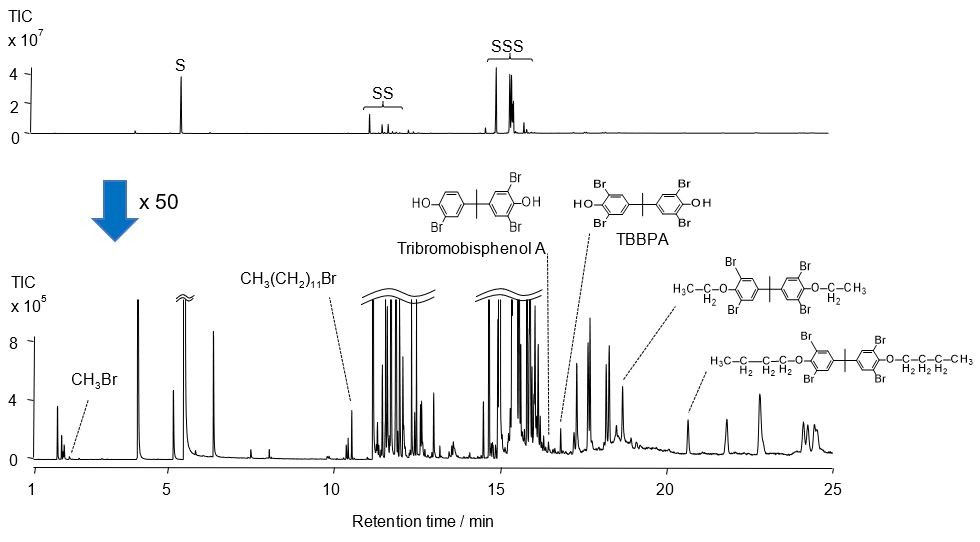Article
Uncover the hidden benefits of rental-with-equity programs and learn how to turn your lab’s dreams into reality.

Many plastic recycling companies seek accurate and reproducible analytical testing for quality control and compliance with regulations. During the reprocessing of plastic wastes, the recycled plastics may be contaminated by originally formulated additives such as brominated flame retardants (BFRs). Some of these additives are restricted by the RoHS Directive. In this short technical note, a waste plastic foam is analyzed by Thermal Desorption (TD)-GC/MS technique to detect BFRs.
TD is the thermal extraction of additives and volatile compounds from the heavy and polymeric portion using a sufficient amount of heat. Identifying the optimal temperature zone for thermal extraction of additives and volatiles is a critical step. The micro-furnace pyrolyzer, which is designed as the modern-day pyrolysis device, enables companies to perform thermal desorption and Evolved Gas Analysis in addition to its other modes of operations, such as fast continuous pyrolysis, double-shot, and heart-cutting. Evolved Gas Analysis step determines the optimal temperature zone to thermally extract the additives and volatile content present in a sample.
Experimental
TD experiments were carried out using the modern-day pyrolysis-GC/MS system with the micro-furnace Pyrolyzer (EGA/PY-3030D) directly interfaced to the GC injector. The sample was cut into thin slices, which were placed in an inert sample cup; no sample preparation such as solvent extraction was needed. The sample cup was free-fallen into the micro furnace and subsequently heated to 350ºC. The thermally desorbed components were cryo-trapped by a MicroJet Cryo-Trap at the head of a separation column, then sent to the separation column by a Helium carrier gas and detected by the mass spectrometer.
Results
A TD chromatogram of the sample and the 50-fold expanded chromatogram are shown in Figure 1. Peaks for styrene oligomers were easily identified. Also, six brominated compounds, including tetrabromobisphenol A (TBBPA), a general-purpose BFR, were observed. Various brominated compounds that were formed during the TD process or recycling process of the waste plastic containing BFRs, were observed.
It is important to mention that the quantitative analysis of TBBPA contained in the sample is also possible using this technique.

Micro-Furnace Pyrolyzer temp.: 177 – 350ºC (2 min hold, 70 ºC/min), Separation column: UA+-5 (5% diphenyl 95% dimethylpolysiloxane, L=30 m, i.d.=0.25 mm, df=0.25 μm), Column flow rate: 1 mL/min (He), Split ratio: 1/20, GC oven temp.: 40 (2 min) – 320ºC (10 min hold, 20 ºC/min), Sample amount: ca.1 mg
Thermally desorbed components were cryo-trapped using MicroJet Cryo-Trap. S, SS, and SSS represent monomer, dimer, and trimer of styrene, respectively.
Reference: This technical note was developed by Frontier Laboratories Ltd. 4-16-20 Saikon, Koriyama, Fukushima, 963-8862 JAPAN. www.frontier-lab.com.
Put our expertise, strategic partnerships, and technical support capabilities to work for you.
8301 New Trails Drive, Suite 100, The Woodlands, Texas 77381
© 2024 Quantum Analytics | A Black Forest Ventures Company | All Rights Reserved | Privacy Policy
Complete this form below to sign up and we will reach out to you with instructions
